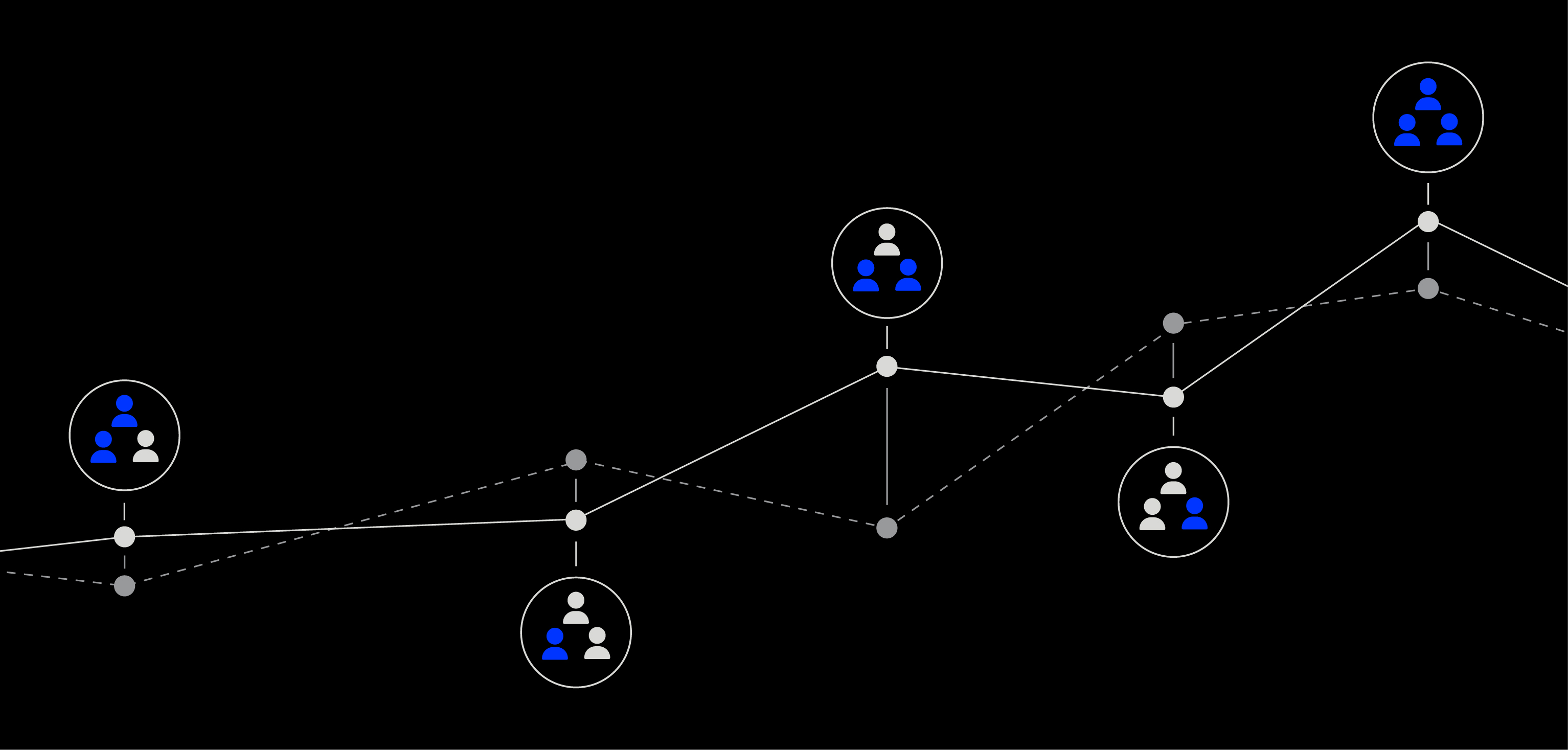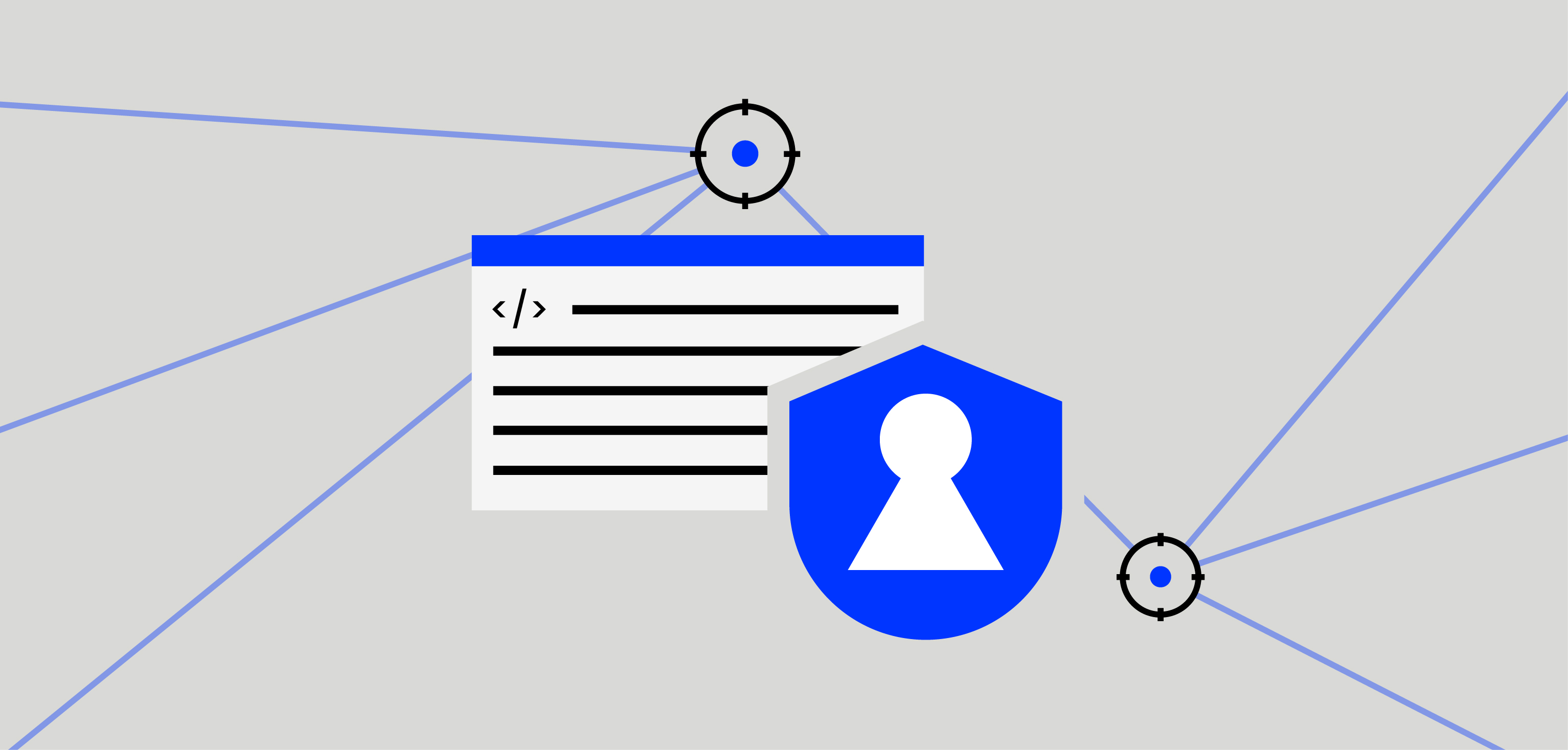Journey Analytics: How to Optimize the Customer Journey
- Reading Time: 6 minutes
Customers today expect smooth and personal digital experiences. Every time they visit a website, use an app, or contact support, it shapes how they feel about a brand.
To meet these expectations, businesses need more than basic customer journey maps. They need journey analytics, which provides real-time insights that show how people move through different touchpoints, where they get stuck, and what motivates them to take action.
This is where Dataroid helps. It turns raw customer data into clear insights that help companies see and improve their customer journeys. With Dataroid, it becomes easier to keep users engaged, improve retention, and support business growth.
What is Journey Analytics?
Journey analytics is the process of tracking and understanding how customers interact with your brand across every digital touchpoint.
Traditional journey maps give only a general view and do not show what is really happening. Journey analytics, on the other hand, gives real-time and data-based insight into customer behavior.
With tools such as Dataroid, businesses can:
- Track how users move through your digital channels (website, mobile etc.)
- Find the points where users stop or face difficulties
- Study the paths that lead to successful actions or higher conversions
- Improve customer journeys all the time instead of once in a while
In simple terms, journey analytics turns customer experience into something that can be measured and improved through real actions.

Why Journey Analytics Matters
Using journey analytics brings many important benefits for a business:
- Better Retention: Finding and fixing problems helps keep customers engaged for longer
- More Conversions: Smoother checkout, sign-up, or onboarding steps reduce drop-offs
- Less Churn: Early signs of frustration can be spotted and solved before customers leave
- Personalized Experiences: Behavior data helps create experiences that feel more relevant to each person
With Dataroid’s real-time insights, companies can find and fix problems as they happen. This can mean improving mobile banking steps, making ticket booking easier in aviation, or simplifying sign-up processes in telecom.
Key Metrics in Journey Analytics
To optimize customer journeys, it’s important to track the right metrics. Dataroid equips teams with comprehensive analytics to measure and improve performance:
- Navigation Paths – Understand common routes users take.
- Drop-Off Points – A Spot where users abandon processes like checkout or onboarding.
- Conversion Funnels – See how many users move from start to finish in key flows.
- Engagement Levels – Track feature usage, time spent, and repeat visits.
- Segmentation Insights – Compare behavior across different groups, channels, or customer types.
These metrics help businesses understand not only what is happening but also why it happens and how to make the experience better.
Sign up to drive your business with the power of data
How to Conduct Journey Analytics with Dataroid
Implementing journey analytics doesn’t have to be overwhelming. With Dataroid, it can be broken down into clear steps:
- Define Key Journeys – Identify critical flows like sign-ups, loan applications, or bookings.
- Map Customer Interactions – Visualize how users navigate across touchpoints with Dataroid’s path analysis.
- Identify Friction Points – Detect where users drop off or repeat unnecessary steps.
- Analyze Behavior Patterns – Use real-time data to understand why these issues occur.
- Optimize and Test – Implement changes and monitor behavioral impact across different user groups.
This cycle of analyze → act → optimize keeps customer experiences aligned with evolving expectations.
Case Study: How İşbank Improved Customer Journeys
Işbank, one of the largest banks in Turkey, worked with Dataroid to improve its digital customer experience. By using journey analytics, the bank found that many users were leaving during the credit application process.
With insights from Dataroid, Isbank made the application steps simpler and added real-time personalized offers. The results were clear:
- 38% increase in conversion rates for credit card applications.
- Higher customer satisfaction with a smoother and easier process
- Better retention and more repeat engagement across digital channels
This example shows how data-based journey analytics can have a direct and positive effect on both customer experience and business growth.
Best Practices for Journey Analytics
To get the best results from journey analytics, businesses can follow these simple practices:
- Update Journey Maps Often: Customer behavior changes over time, so journey maps should always stay current
- Use Both Numbers and Feedback: Combine data with customer opinions to understand the full picture
- Test in Small Steps: Make small improvements, measure the results, and adjust as needed
- Segment Your Analysis: Different users behave in different ways, so study each group separately
- Act in Real Time: With Dataroid, teams can see what is happening right now and make quick decisions to improve the experience
Key Takeaways
Customer journeys are no longer simple or predictable, and basic journey maps are no longer enough. Journey analytics gives businesses real-time insight into how customers behave and what they need. By studying navigation paths, finding friction points, and improving each step, companies can increase satisfaction, retention, and conversion rates.
With Dataroid, organizations in banking, aviation, telecom, and many other fields gain the tools to study and improve customer journeys smoothly. It is not just about mapping the customer journey, but about making it better all the time.
Frequently Asked Questions
What is journey analytics in customer experience?
Journey analytics is the process of tracking and analyzing how customers interact with your brand across multiple touchpoints. It helps businesses uncover friction points, understand user behavior, and optimize journeys for better engagement and conversions.
How is journey analytics different from customer journey mapping?
Customer journey mapping is usually a static, high-level visualization of how customers interact with your brand. Journey analytics, on the other hand, is data-driven and real-time, allowing businesses to continuously measure, analyze, and improve actual customer behavior.
Why is journey analytics important for businesses?
It helps businesses improve customer satisfaction, increase retention, reduce churn, and drive more conversions by identifying exactly where users face challenges and what actions lead to successful outcomes.
What metrics should be tracked in journey analytics?
Can journey analytics improve personalization?
Yes. By analyzing customer behavior, businesses can create tailored experiences that align with user needs. Dataroid enables hyper-personalization by combining segmentation with behavioral insights, ensuring every user interaction feels relevant and meaningful.
Which industries can benefit from journey analytics?
YOU MAY ALSO LIKE
Mobile Analytics 101: How to Measure and Improve Your App's Performance
Securing Data in Digital Marketing: A Quick Guide
Daily Active Users (DAU): Why It Matters and How to Track It
Improving Data Security Management: Best Practices for Businesses
Understanding Behavioral Analytics: A Step-by-Step Guide
Drive your digital growth
Schedule a demo today to learn more on how we can help you unleash the potential of digital using Dataroid.




